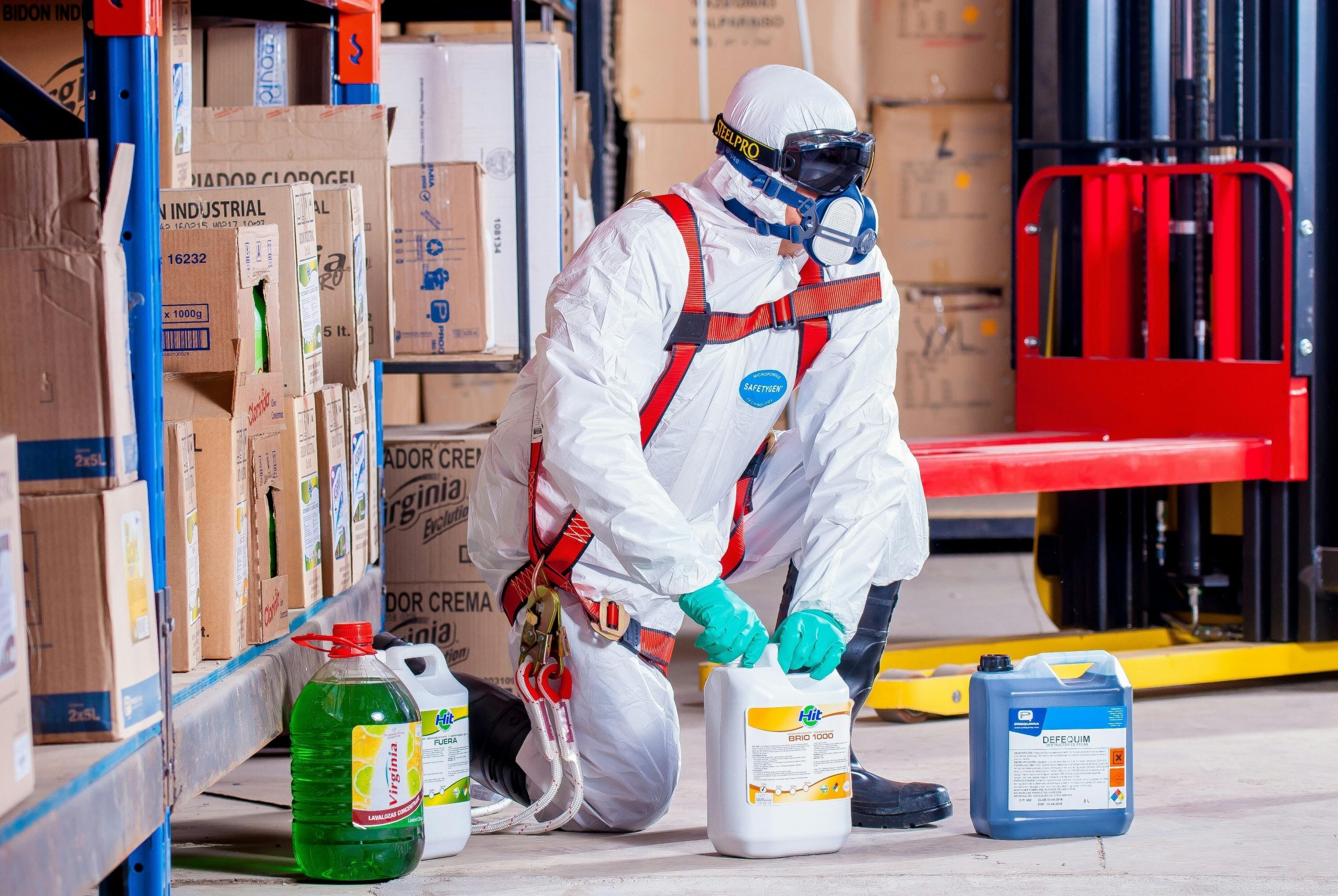Leptospirosis | How to Protect your Employees
March 11, 2020 | By: Victoria Makepeace
 Leptospirosis is a disease that affects millions of people every year worldwide and is potentially fatal. Around 60-70 people are thought to contract the disease in the UK each year resulting in 2-3 deaths annually.
Leptospirosis is a disease that affects millions of people every year worldwide and is potentially fatal. Around 60-70 people are thought to contract the disease in the UK each year resulting in 2-3 deaths annually.
Weil's Disease
The infection – more commonly called Weil’s disease is caught through contact with infected animal urine, mainly from rodents but also from cattle or pigs. So if any of your employees are likely to have contact with contaminated water or work outside where there may be rodent activity, you need to take suitable precautions.
The bacteria enters the body through cuts, the nose, mouth or eyes. You can also get the infection from indirect contact with contaminated water or soil. Therefore those with occupational or recreational exposures are at greatest risk, such as farmers, veterinarians, sewage workers, rowers, outdoor swimmers, gardeners or ground workers. Consideration should also be given to the disease when planning building work, especially where demolition work is involved.
Leptospirosis Symptoms
Symptoms are wide ranging and can often be mistaken for other common illnesses – they include a fever, headache, muscle aches, vomiting, jaundice, diarrhea, rash, red eyes. If untreated can lead to kidney or liver failure or meningitis.
The time between exposure and becoming sick is 2 days to 4 weeks and may often start with a fever. You should encourage employees to report symptoms as soon as possible and mention their job role if visiting the doctor. Hospitalisation, followed by antibiotics and often dialysis, will be required if the patient is to survive the most severe affects and recovery can take months.
Safety Guidance for Employers
Employers must assess the risk of contact with the disease during any work processes and activities. Clearly identify who might be at
risk and how they could be affected.
Consider what control measures are required to be implemented and maintained during the work tasks. There are a range of simple and effective controls that work very well for most infection risks including:
- Following good basic hygiene procedures like regular hand-washing
- Avoid immersion in or contact with water wherever possible
- Avoid hand to mouth and hand to eye contact
- Taking rest breaks away from the work area
- Wash cuts and grazes immediately with soap and running water
- Cover all cuts and blisters with waterproof dressings
- Wearing protective clothing including gloves
- Hose down all equipment after use to remove any potential contamination
- Inform and educate your workforce
Speak to our expert Health and Safety Team for any specific concerns relating to Leptospirosis and help with putting effective safety procedures in place for your business.
Request a callback today »Share this with a friend:
 Leptospirosis is a disease that affects millions of people every year worldwide and is potentially fatal. Around 60-70 people are thought to contract the disease in the UK each year resulting in 2-3 deaths annually.
Leptospirosis is a disease that affects millions of people every year worldwide and is potentially fatal. Around 60-70 people are thought to contract the disease in the UK each year resulting in 2-3 deaths annually.






